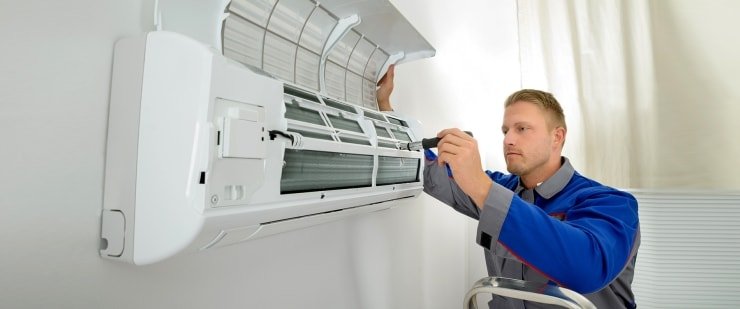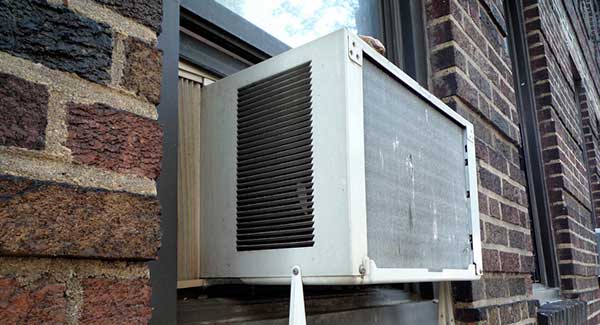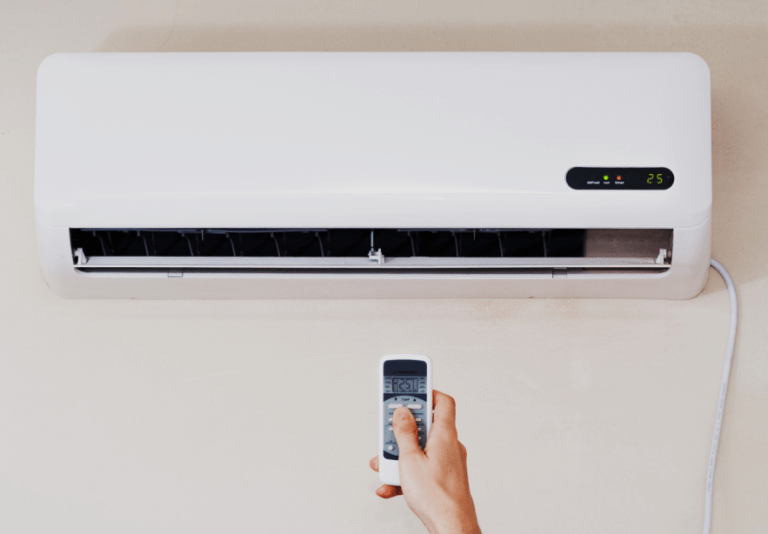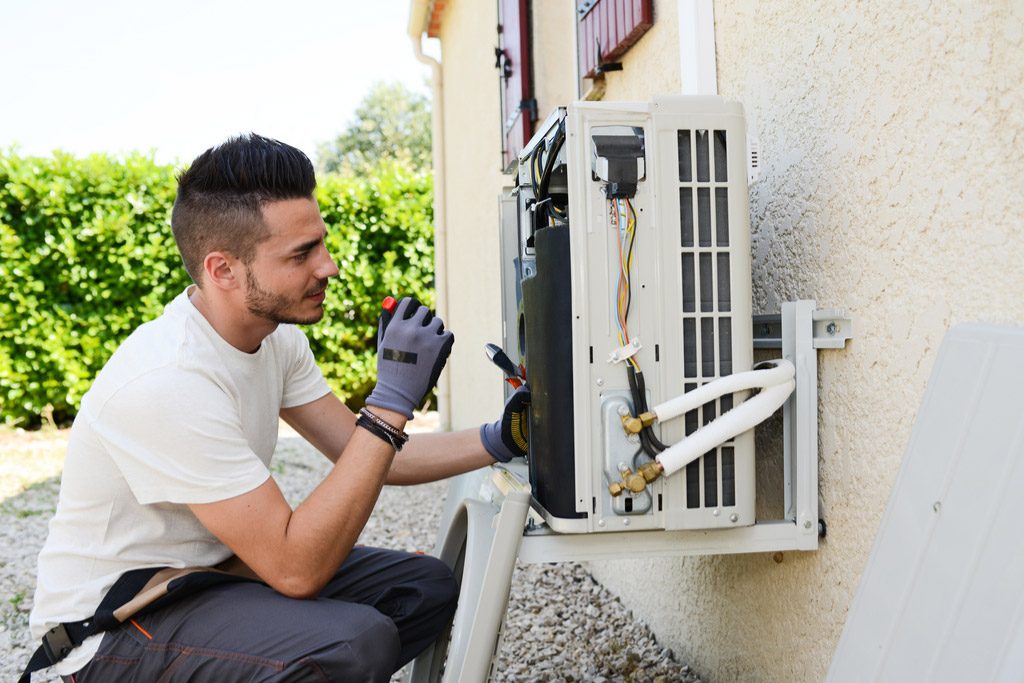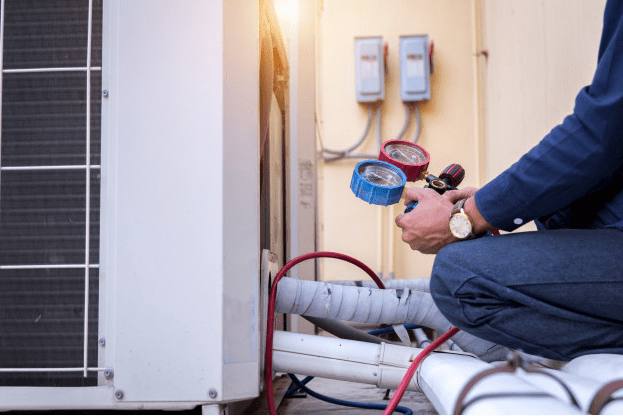Introduction
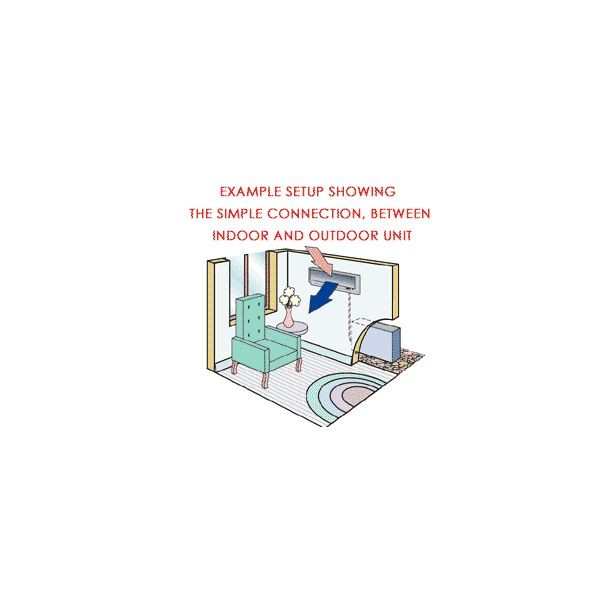
By now we have seen the different parts of the split air conditioners, now let us the installation of these Acs. The installation of the split air conditioners is the most important and crucial part. If it is done properly your air conditioner will give you optimum performance, but if it is not done properly you won’t get the desired cooling effect and there may be frequent maintenance problems of which the most prominent can be the gas or refrigerant leakage. The installation of the split air conditioner should be done by an expert air conditioning technician and the task should not be left to a novice person who is experimenting with your AC. It requires lots of practice to become an expert split AC installation and erection technician.
Various factors have to considered during the installation of any split air conditioner, here we are going to consider how to do the installation of wall mounted split air conditioner. In other articles we would consider installation of other types of split air conditioners also.
Location of Indoor and Outdoor Units
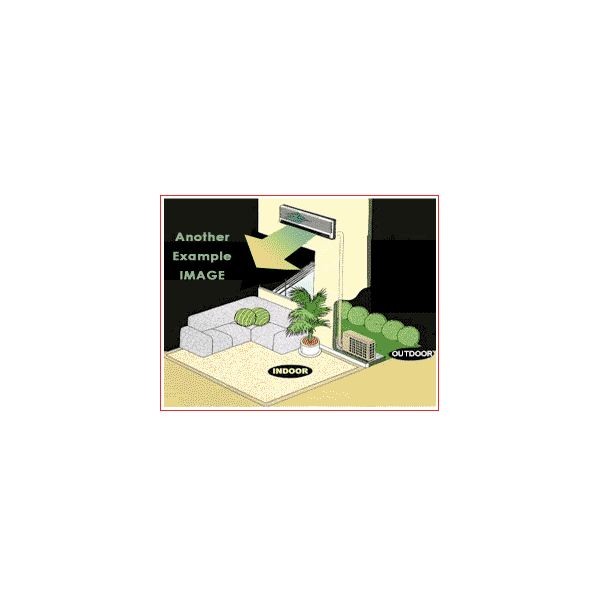
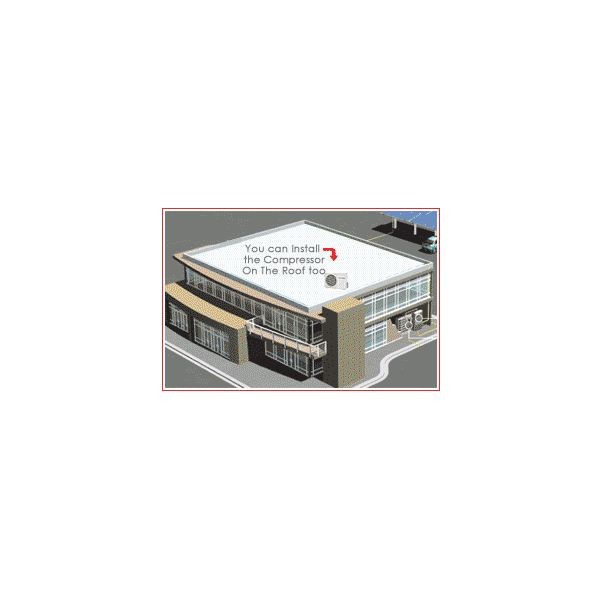
Location of the Indoor and the Outdoor Units
The first step in the installation of split AC is deciding the location of the indoor and the outdoor units, only then the next important steps of the installation can be initiated. Let us the see the factors to be considered when deciding the location of these unit (see the images below):
- Indoor Unit:
Here are the important suggestions when deciding the location of indoor unit inside the room:
a) The indoor unit is located inside the room at the location from where the air can be distributed evenly throughout the room.
b) As far as possible the indoor should be installed above the bed so that the maximum cooling effect can be obtained. It should be located directly above the bed. If one has to avoid the direct flow of chilled air on the body, one can always change the direction of the louvers. The indoor unit can also be installed on wall towards your feet though it can be installed on other side walls also.
) The wall mounted indoor unit should be located at the height of about 8 to 10 feet from the floor so that that most of the chilled air is used for cooling the room and not merely for cooling the hot roof.
d) The indoor unit should be accessible easily so that one can conveniently clean the filter every fortnight and the whole unit and also that one can manually change the position of the louvers easily.
e) If the indoor unit is installed above certain window, make sure that it is in symmetry with the window, else the unit will look shabby. The indoor unit is meant to add to the aesthetics of the room and not destroy it.
- Outdoor Unit:
Here are some points to consider when deciding the location of the outdoor unit:
a) The outdoor unit should be located in the open space preferably on the terrace so that the air can flow freely over the compressor and the condenser. If the terrace is not available it can be kept on the awning above the wall or it can be hanged on the external wall supported by the angles.
b) The location of outdoor unit should be such that it is easily accessible for carrying out the maintenance works of the compressor, condenser, and other devices. The installation and gas charging also should be convenient.
c) There should not be any hindrances in front of the outdoor that would block the passage of fan air from passing to the open space. Any blockages will seriously affect the performance of the AC and can also lead to the burning of hermetically sealed compressor coil.
d) The surface on which the outdoor unit is to be installed should be rigid enough to avoid its vibration. The vibration of the outdoor unit will raise excessive noise and also lead to the breaking of the copper tubing and leakage of the refrigerant.
It is always advisable to keep the outdoor unit at the height above the indoor unit. If the outdoor unit is kept at level below the indoor, some of the compressor power is used in pumping the refrigerant against the gravity, thus reducing the overall performance of the compressor. Most of the outdoor units are quite silent so one does not have to worry about their noise. The internal parts of the outdoor unit are shielded against the rain and sun rays, so one can rest assured about their safety in different climatic conditions.
The refrigerant at very low temperature flows inside the tubing between indoor and the outdoor unit, and there is always some loss of refrigerant effect to the atmosphere from these tubing, hence the distance between the indoor and the outdoor unit should be kept as minimum as possible to reduce the loss of the cooling effect. The maximum distance between the indoor and the outdoor units can be about 15 meters.

